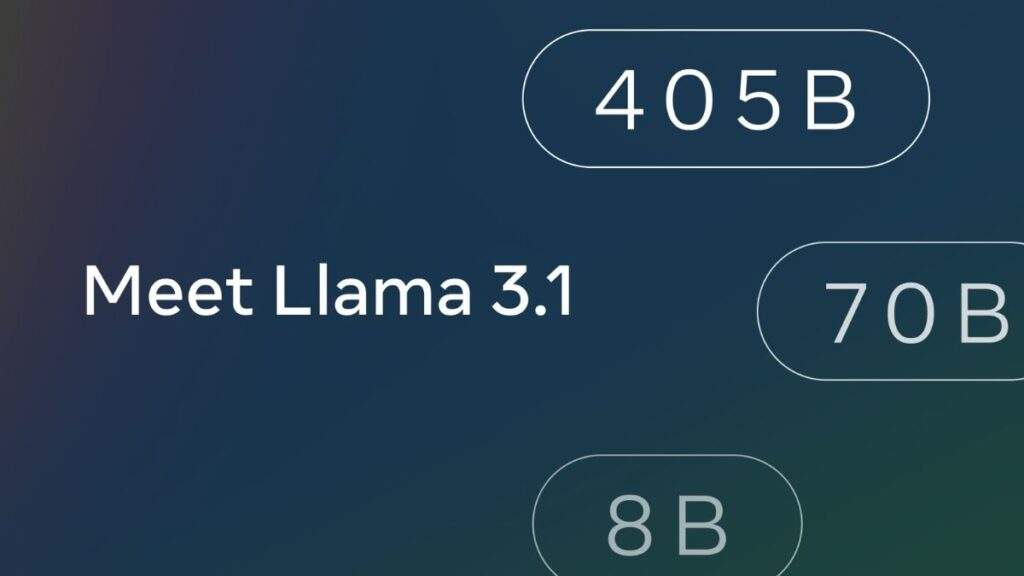Meta Unveils its Largest and Most Advanced AI Model, Llama 3.1 405B
Meta, a technology conglomerate, has released its latest and largest artificial intelligence (AI) model, Llama 3.1 405B, to the public. This open-source model is a significant improvement over previous models, outperforming major closed AI models like GPT-4, GPT-4o, and Claude 3.5 Sonnet in several benchmarks.
The Llama 3.1 405B model boasts an impressive 405 billion parameters, allowing it to handle complex queries with ease. Its context window is 128,000 tokens, supporting English, German, French, Italian, Portuguese, Hindi, Spanish, and Thai languages. The model was trained on over 15 trillion tokens using more than 16,000 Nvidia H100 GPUs.
The company claims that Llama 3.1 405B is the first openly available model that rivals top AI models in state-of-the-art capabilities in general knowledge, steerability, math, tool use, and multilingual translation. The model was evaluated on over 150 benchmark tests across multiple expertise, scoring 96.8 in the Grade School Math 8K (GSM8K) and outperforming other models in the AI2’s Reasoning Challenge (ARC) benchmark for science proficiency, Nexus for tool use, and the Multilingual Grade School Math (MGSM) benchmark.
One of the key features of the Llama 3.1 405B model is its official support for tool-calling, which allows developers to use Brave Search for web searches, Wolfram Alpha for complex mathematical calculations, and Code Interpreter to generate Python code.
The model is available in open source, accessible from Meta’s website or Hugging Face listing. However, it requires approximately 750GB of disk storage space to run and two nodes on Model Parallel 16 (MP16) for inferencing. Apart from being available publicly, the model is also available on major AI platforms such as AWS, Nvidia, Databricks, Groq, Dell, Azure, Google Cloud, Snowflake, and more, with a total of 25 platforms powered by Llama 3.1 405B.
For safety and security, Meta has implemented Llama Guard 3 and Prompt Guards, two new tools that safeguard the LLM from potential harm and abuse.
